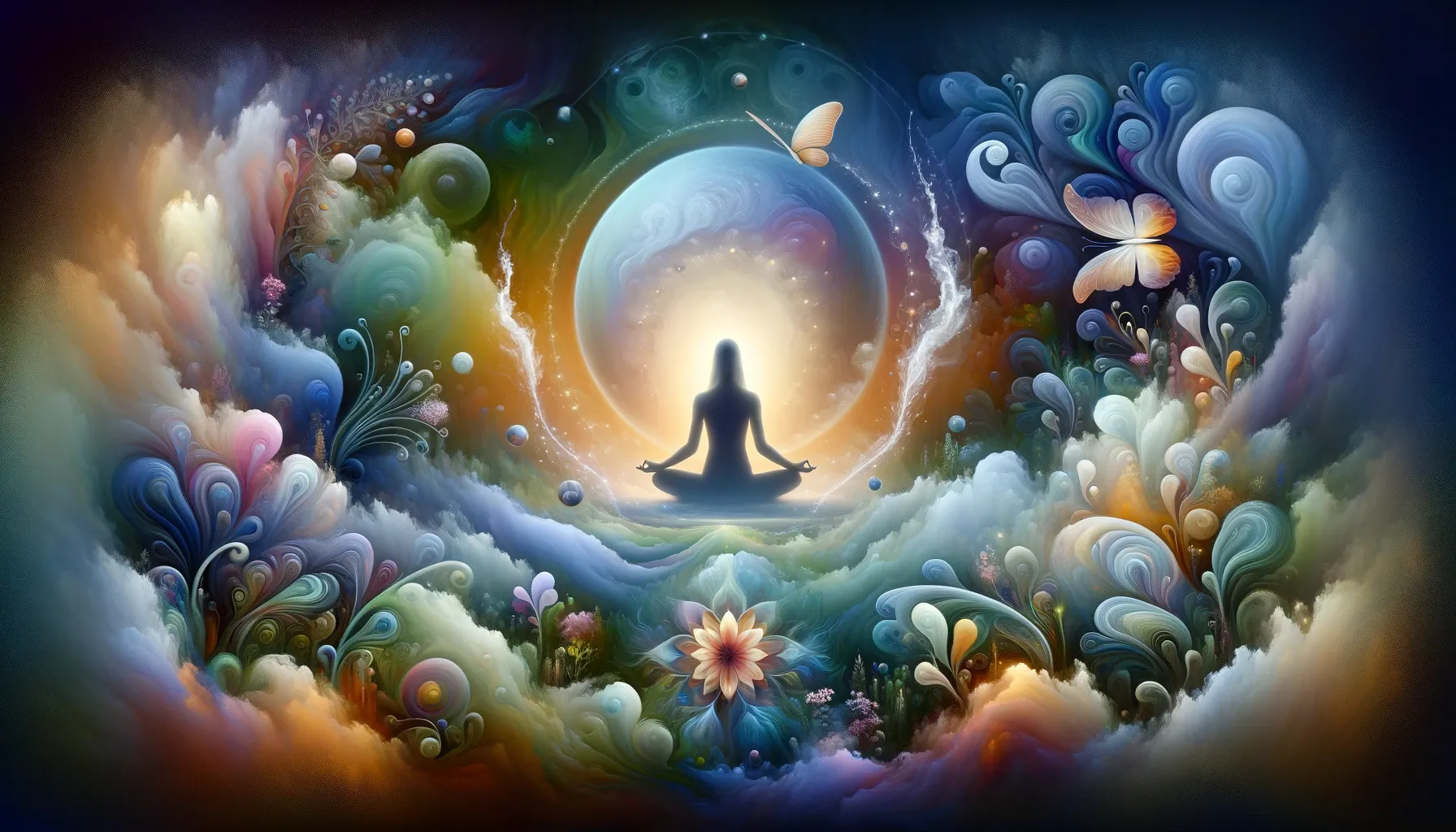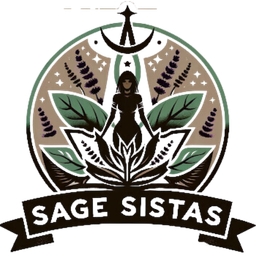Transform Anger into Constructive Change

Following our recent deep dive on the Sagesistas podcast, we're delving into a topic that resonates with many: anger. Our journey is dedicated to uncovering the root causes of anger—those moments when our blood boils, whether we choose to suppress our feelings or freely express them. We delve into the importance of channeling anger in a constructive manner for our overall well-being, offering strategies to manage this powerful emotion effectively. This blog seeks to give the highlights out of this SageSistas Podcast episode:

Early Seeds of Anger
Hearing our Sagesista Lylah share her journey through stress and anger left Alissa and me amazed. Her narrative illuminated a universal truth: many of us carry early memories of anger from our childhood, often mirrored in the behaviors of our parents. For some, these experiences have normalized anger as a means of communication, a tool wielded with little thought to its broader impacts. Yet, it's evident that this approach seldom resonates with the majority, highlighting a disconnect in emotional language. Reflecting on our own outbursts through the lens of empathy allows us to consider the ripple effects of our anger—on us and others. This perspective is crucial in understanding the complex dance of human interaction and the power of our emotional expressions.

The Impact Of Losing It
Anger outbursts that involve other people have an impact. What does it say about us, our character, and how we deal with problems and people in our private or professional life? From the outside, it makes us appear limited and not easy to be around. Let’s be honest here. So, what do we do? How do we prevent ourselves from sabotaging our own lives? First off, we must accept that anger is an emotion most of us carry inside. It’s not abnormal to feel angry. The key is to channel it and let it out in a wise and socially acceptable manner.
Lylah's Coping Strategy: A Lesson in Self-Control
So, how did Lylah manage when she felt rage boiling up inside her, threatening to burst out? Lylah’s strategy was simple: she would excuse herself from the situation, focus on her breath, and engage in active breathing exercises. She would concentrate on the initial hurt that sparked the anger and detach it from the present situation. By doing so, Lylah addressed the underlying, still-unhealed trauma that fueled her anger response. Understanding that anger has a purpose was crucial for her. It often arises when someone crosses our emotional or physical boundaries. It’s not there to be suppressed; understanding this is vital. It’s how we deal with it that will dictate the outcome. We should use our anger responses as lessons to heal our traumas and improve how we handle situations that trigger those trauma responses.

Gabor Mate: The Psychology Of Anger
Gabor Mate, a renowned psychologist, speaks openly about his struggles with anger and rage towards his children. He explains the difficult relationship many people have with anger: parents often tell their children to suppress their anger. As a result, this suppressed rage becomes like a volcano ready to erupt. Mate says that we mustn’t suppress anger but learn from it. We need to examine our anger to understand its roots. By understanding what boundaries have been crossed, either recently or in the past and process it, can help us overcome the extreme physical response known as rage. Anger isn’t just in our heads; it’s a physical reaction evident in our breathing frequency, blood pressure, and hormonal state. Anger isn’t something we can just switch off, but we can manage it, Sistas!
As children, we might have been shamed or withheld love, when we didn’t act as our parents expected us to. There was less awareness back in the days, so this is not about parent-shaming; this is just about understanding what happened. We might have reacted to these harsh conditions by shutting down, freezing, etc., in order to prevent more stress and anger or unloving behavior by the caregiver. This is where some anger might come from: the suppressed shock and anger, and the helplessness as a child. When we didn’t really know how to react we froze, and therefore suppressed one’s feeling of being treated unjustly as a child. The stored trauma explodes in our and our surrounding faces in the form of anger and rage when we feel unheard, misunderstood, or when someone has crossed a physical or emotional boundary.
Anger and Children: The Power of Role Modeling and Apologies
When it comes to children, the way we handle our anger serves as a powerful role model for their emotional development. Children watch and learn from everything we do, including how we react to frustration and anger. By managing our anger constructively, we teach them that while it's normal to feel upset, it's important to express these feelings in healthy, respectful ways.
In situations where anger gets the better of us, it's crucial to demonstrate accountability by apologizing in front of our children. This teaches them that everyone, even adults, makes mistakes, but it's how we address these mistakes that counts. An apology shows them that taking responsibility for our actions is a sign of strength, not weakness.
By openly processing and discussing our feelings, including offering apologies when appropriate, we not only manage our own emotions better but also provide a live example for our children on how to navigate their emotional world. This practice not only helps mend the moment but also deepens the trust and respect between parent and child, setting a foundation for them to handle their own emotions effectively as they grow.

Anger in Society: Understanding and Managing Its Impact
Another point I want to shed some light on is how anger and rage are treated by society and perceived in social consciousness. First, we must acknowledge that anger and rage do impact our surroundings, our families, our children, and friends. That’s why it’s important to own up to it and learn to regulate. It’s also important to stop the cycle of anger if it has been experienced in one’s own family. We don’t want to be like our parents in this, right?! Right. So, let's rewire our brains here and learn about ourselves. Remember, anger and rage are usually triggered by past memories or even traumas. Anger can be an answer to traumatic experiences of shaming, excluding, denying love, or others in early childhood. So, it’s really our own responsibility to solve this within ourselves.
We also have to come to the awareness that anger outbursts are usually seen by society as a weakness. Also, in relationships with your partner, children, or work, it is not seen as something positive or valuable; most people feel threatened or uncomfortable, to say the least, when they have to endure an anger outburst by someone. Let’s further understand that when we lose control, it’s hard to fix what we destroy. Seconds of rage can lead to hours, days, or months of recovering and fixing the relationship. We might even face shame, no understanding of our perspective, or ridicule. We’re not doing ourselves a favor if we stay raging and angry.

Embracing Anger as a Tool for Growth
Let’s face it: uncontrolled behavior from our side will always harm us the most. We won’t be respected, we won’t heal, and we won’t solve the issue that triggered us if we react in an angry manner. So here’s to our strong selves and also to our weak selves. Let’s reflect and try to get better at this. By asserting our needs and addressing grievances, we pave the way for deeper understanding and stronger connections. Ultimately, the goal is not to suppress or eliminate anger but to harness its energy in service of constructive change. Manouveurvering old triggers in a different way lets us grow and empower ourselves.
10 Proactive Communication Tips: Managing Anger in Relationships
Anger can disrupt even the strongest relationships unless it's managed with proactive communication and self-awareness. Here's a concise guide on how to handle situations when you or your partner are becoming angry:
- Recognize the Early Signs: Learn to identify the early signs of anger in yourself and your partner. These could include clenched fists, a raised voice, quickened speech, or visible frustration. Early recognition allows for timely intervention.
- Slow Down the Conversation: When you notice anger rising, deliberately slow down your speech. This can help to reduce the intensity of the interaction and signal to your partner that they need to pause and assess their emotions.
- Use Verbal and Non-verbal Cues: If the other person’s tone becomes aggressive or they interrupt, gently remind them by saying, "I notice we're both getting heated. Let’s take a slow breath together." This can help make them aware of their anger without direct confrontation.
- Self-Regulation Through Breathing: Focus on deep, controlled breathing to calm your nervous system. This not only helps you stay calm but also models self-regulation for your partner.
- Throat Chakra Exercise: If you feel unheard or overshadowed in the conversation, lightly touch your throat and hum softly. This action serves as a self-soothing technique and a non-verbal cue to your partner that you need space to express yourself.
- Identify and Communicate Triggers: Discuss known triggers in calm moments. Understanding what sets off anger in each other can help avoid those situations or handle them better when they arise.
- Encourage Mutual Regulation: If one person is struggling to control their anger, the other can help by staying calm and providing support. This might involve suggesting a short break or shifting to a more neutral topic temporarily.
- Set Clear Signals: Establish agreed-upon signals to use when one person notices the other is getting too angry. This could be a specific word, phrase, or action that both agree means, "Let's pause and calm down."
- Normalize Apologies and Reconciliation: Make it a practice to apologize sincerely when missteps occur in the heat of an argument. This not only demonstrates accountability but also shows a commitment to the relationship's health.
By incorporating these strategies into your interactions, you can help manage anger effectively, leading to healthier and more constructive communication within your relationship.

Conclusion: Embracing Anger as a Path to Growth
In conclusion, understanding and managing anger is not just about controlling an emotional outburst but about transforming our responses into opportunities for personal growth and stronger relationships. By recognizing the early signs of anger, employing strategies to de-escalate tensions, and modeling healthy emotional responses, we can foster environments of understanding and respect. Remember, every moment of anger is also a teachable moment, both for ourselves and those around us, particularly children. Acknowledging our missteps through apologies further reinforces the lessons of emotional intelligence and resilience. Let us commit to navigating our anger not as a barrier but as a bridge to deeper connections and a more empathetic understanding of ourselves and others.


